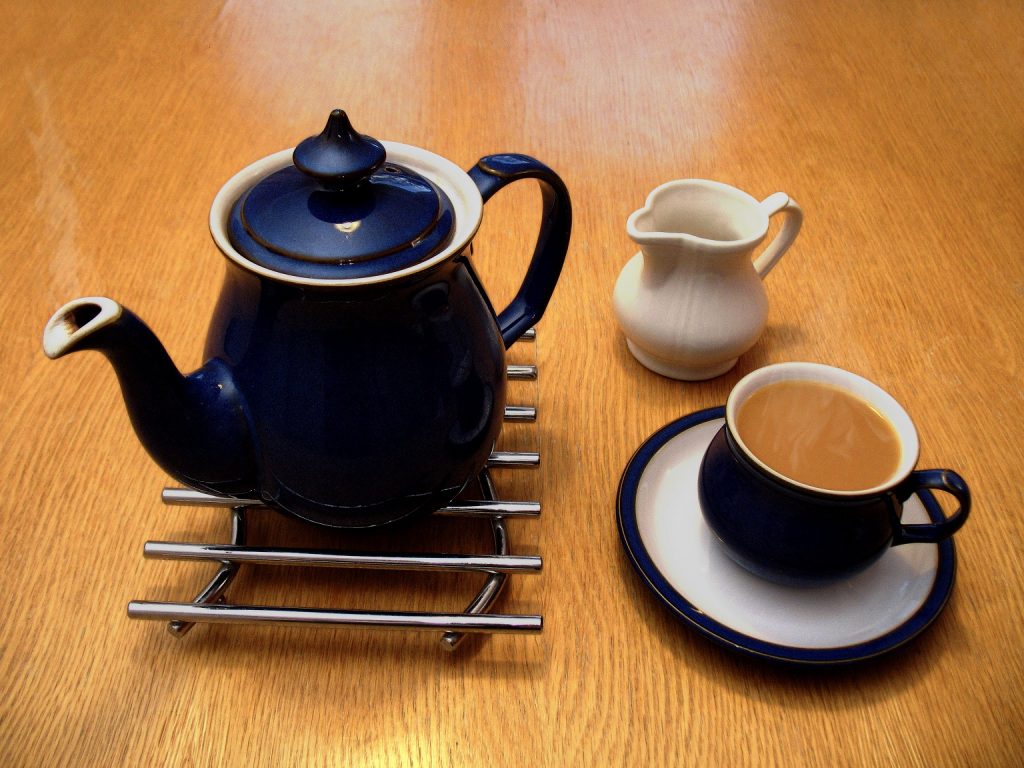
These posts will concern themselves with the plant Camellia sinensis, and the myriad of teas that can be produced from it.
The complexity of tea comes from the fact that virtually everything – the age of the tea plants, how tall they’ve grown, the soil, the weather, which season the leaves are picked, and how those leaves are then processed – changes the way the tea ends up tasting.
This isn’t particularly noticeable in the blends available from stores, because a small army of professional tea tasters (yes, that’s a real job title!) are paid a lot of money to ensure all of the differences cancel out, to make a drink that a lot of people will like.
It gets a lot more interesting, however, when you buy the teas from traders working with individual gardens. And a lot more expensive, as the quantities being traded are much smaller and much more niche.
This is therefore only ever going to be a tiny window into what can be found when you stray too far from the supermarket.
The content here will be by myself, J, and the indomitable Buttered Crumbs.
Personally, I love a good oolong – BC